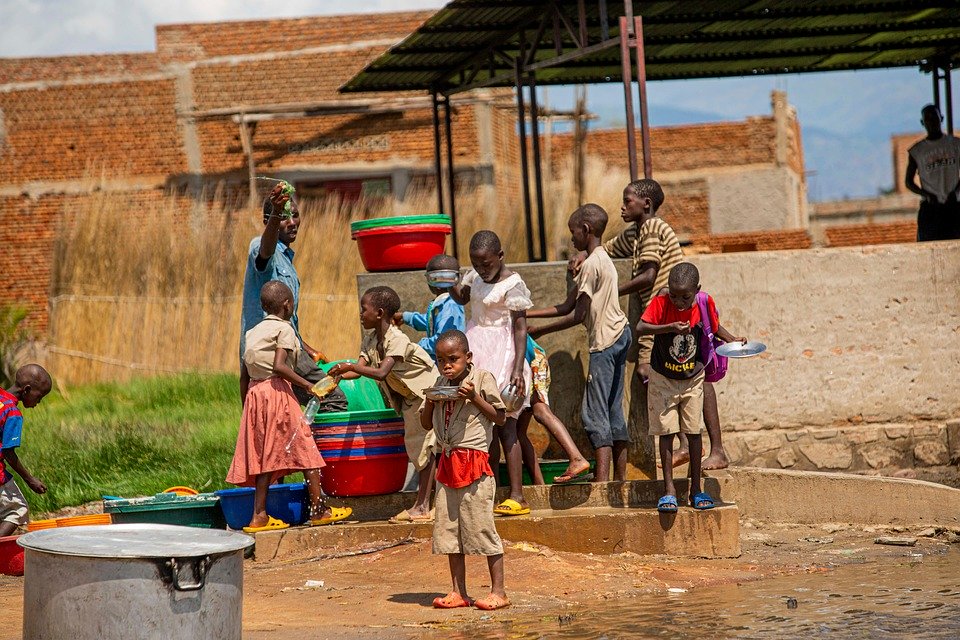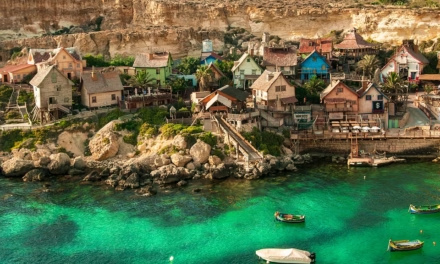Discover Burundi: A Hidden Gem in East Africa with Unforgettable Experiences
(Published on www.nihosi.com)
When you think of East Africa, countries like Kenya, Tanzania, and Rwanda may immediately come to mind, famed for their stunning safaris and world-class wildlife experiences. But nestled in the heart of East Africa is a lesser-known yet equally breathtaking destination: Burundi. Often overshadowed by its more prominent neighbours, Burundi is a hidden gem that offers incredible beauty, rich culture, and unforgettable adventures for those willing to explore off the beaten path.
So, why is Burundi worth your attention? Here’s your ultimate guide to exploring this East African marvel, filled with practical tips, cultural highlights, and unique experiences. Let’s dive in and discover the charm of Burundi.
Why Visit Burundi?
Known as the "Land of a Thousand Hills," Burundi boasts a remarkable blend of pristine landscapes, vibrant traditions, and warm, welcoming locals. Its serene Lake Tanganyika, verdant mountainscapes, and historical landmarks make it a haven for travellers who crave authenticity and untouched beauty.
While it may not have the same global recognition as other East African destinations, Burundi holds treasures that are unmatched. Whether it’s exploring its national parks, learning about its unique cultural heritage, or enjoying the tranquillity of its lakes, this country promises an experience like no other.
What Makes Burundi Unique?
Here are just a few reasons why Burundi deserves a spot on your travel bucket list:
-
Off-the-Beaten-Path Adventures: Unlike the crowded tourist hubs of East Africa, Burundi offers a much more intimate travel experience, allowing you to truly connect with the environment and local culture.
-
Unspoiled Natural Beauty: From lush green tea plantations to the iconic shores of Lake Tanganyika, Burundi’s landscapes are unparalleled.
-
Rich Cultural Heritage: Burundians are proud of their traditions, from the ancient Royal Drums of Burundi to their unique and vibrant festivals.
- Wildlife with a Twist: While it may not match the vast reserves of Kenya or Tanzania, Burundi’s national parks host diverse flora and fauna, perfect for a quieter wildlife encounter.
Top Things to Do in Burundi
Now that we’ve kindled your curiosity, let’s explore some must-do experiences and attractions you’ll encounter on your journey.
1. Explore Lake Tanganyika: A Slice of Eden
Lake Tanganyika, one of the world’s oldest and deepest lakes, epitomises tranquillity. Whether you’re looking to swim in its crystal-clear waters, go diving, or simply enjoy a sunset cruise, Lake Tanganyika is a must-visit.
Insider Tip:
Visit the lakeside town of Bujumbura, the country’s former capital, to explore vibrant markets, beachfront resorts, and local restaurants offering fresh-caught fish.
2. Visit Rusizi National Park
For wildlife lovers, Rusizi National Park is a hidden gem that offers visitors the chance to witness Burundi’s native wildlife in their natural habitat. Nestled near the Rusizi River, you’ll find hippos, crocodiles, and countless bird species.
This park provides a quieter alternative to larger East African reserves while still showcasing the natural beauty that Burundi has to offer.
3. Discover Cultural Richness at Gishora Drum Sanctuary
Burundi is world-renowned for its drumming traditions, classified as an Intangible Cultural Heritage by UNESCO. A visit to Gishora Drum Sanctuary offers an unmissable cultural experience. Here, you’ll not only watch live performances of the famed Royal Drummers of Burundi but also learn about the history and spiritual significance of these drums.
4. Hike in Kibira National Park
Adventure seekers, this one’s for you. Kibira National Park, located high in Burundi’s hills, is a stellar destination for hiking and birdwatching. The park’s picturesque trails wind through dense rainforests, home to an array of animal species like monkeys and exotic birds.
Pro Tip:
If you visit in the morning, the mist rolling over the treetops provides an ethereal backdrop for photographs.
5. Experience Burundian Cuisine
One way to dive into Burundi’s heart and soul is through its culinary traditions. Don’t miss out on staples like Mukeke (grilled fish) freshly caught from Lake Tanganyika, or Imvraine (vegetable stews) served with plantains.
For something sweet, try banana wine, a unique local beverage that highlights the country’s agricultural bounty.
When to Visit Burundi?
The best time to visit Burundi is between June and September, during the dry season, when roads and hiking trails are in excellent condition, and wildlife is easier to spot. The temperature remains warm and comfortable, making it ideal for outdoor activities.
Safety & Travel Tips
While Burundi is a beautiful destination, it’s essential to be mindful of travel advisories. Recent improvements in stability have made the country safer, but staying aware and informed is key.
Some helpful travel tips:
- Hire a local guide: Having someone who knows the region and speaks the language can enrich your experience.
- Pack appropriately: Comfortable walking shoes and lightweight clothing are essential for hiking and exploring.
- Local currency: Always carry Burundian francs (BIF) as credit card use can be limited.
Sustainable Travel in Burundi
Burundi is fiercely proud of its natural and cultural heritage, and as travellers, it’s important to explore responsibly.
Here’s how you can make a positive impact:
- Support local communities: Stay in family-run accommodations or buy handcrafted souvenirs directly from artisans.
- Respect wildlife: While visiting national parks, follow guidelines to avoid disturbing the animals.
- Leave no trace: Ensure that you dispose of waste responsibly and leave the environment as pristine as you found it.
FAQs About Visiting Burundi
Here are answers to some commonly asked questions about travelling to Burundi:
1. Is a visa required?
Yes, travellers need to obtain a visa for Burundi, which can typically be secured online or upon arrival.
2. What is the official language of Burundi?
Burundi has three official languages: Kirundi, French, and English.
3. What currency is used?
The Burundian franc (BIF) is the official currency. Currency exchange can be done at banks or currency exchange bureaus.
4. Are there direct flights to Burundi?
Most international flights arrive at Melchior Ndadaye International Airport in Bujumbura. Connecting flights are common from regional hubs like Nairobi or Kigali.
5. Is it safe to travel solo in Burundi?
Solo travel is possible, but it’s advisable to stay connected with a local guide or tour operator for safety.
6. Do people in Burundi speak English?
English is spoken in some areas, but French and Kirundi are more commonly used.
Why Plan Your Trip to Burundi with Nihosi Travels & Tours?
For a seamless, authentic, and hassle-free journey to Burundi, consider booking your adventure with Nihosi Travels & Tours. From curated trekking experiences to cultural tours, trust the experts to show you the best of Burundi’s hidden treasures.
Visit www.nihositravels.com today to plan your perfect getaway.
Conclusion
As you can see, Burundi is no longer just a name on a map—it’s a destination brimming with unforgettable experiences, ready to enchant travellers looking for something off the beaten path. From the serenity of Lake Tanganyika to the mesmerising beats of the Royal Drums, Burundi delivers a slice of East African charm that remains untouched and authentic.
So, pack your bags and let Burundi’s beauty, culture, and nature ignite your wanderlust. Ready to explore this hidden gem? Your adventure awaits.












Subscribe To Our Newsletter
Join our mailing list to receive the latest news and updates from our team.
You have Successfully Subscribed!